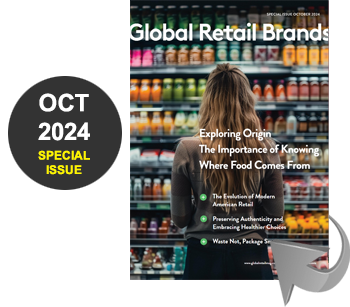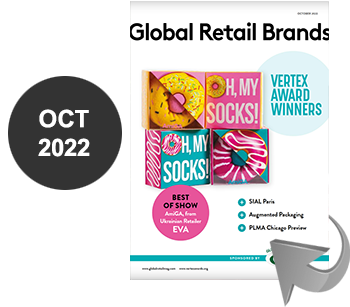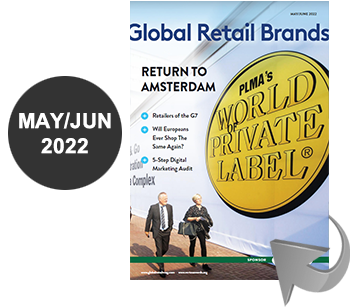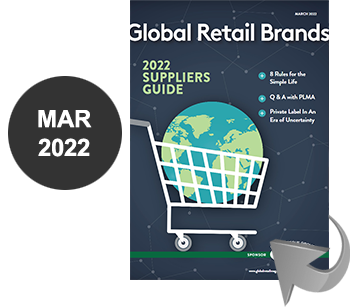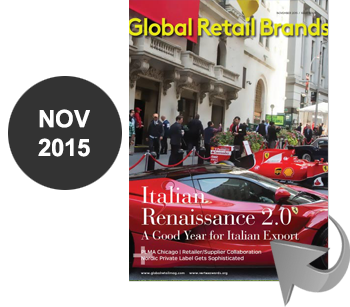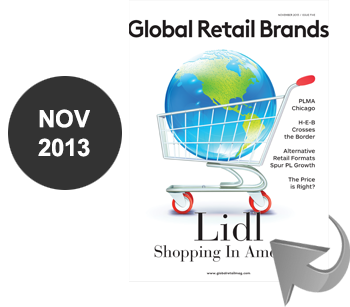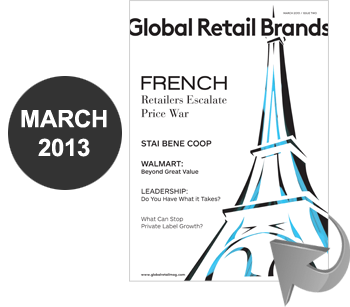By Rebecca Hamilton, CEO, The Fish Agency
Choosing the appropriate agency partner (or partners) is paramount to a successful private brand redesign. While it may seem like a simple task, it can be fairly complicated in actual execution.
For example, when compared to a CPG brand, private brand projects are generally more extensive in SKU count and often cover a broader scope of categories. As a result, the new or revitalized private brand’s strategy must not only consider how the brand relates to the store banner, but also how it relates to each category in which it’s expected to compete.
With a typical private brand SKU count numbering in hundreds if not thousands of SKUs, a seamless adaptation and extension of large SKU volumes is critical. Process and workflow to ensure a successful execution is mandatory. The ability to execute a design strategy is as important as the ability to create a strong brand design in the first place.
The Challenge.
The stakes are high for private brand design and revitalization projects. Selecting the best partner is one of the most important determinants of success. To assist in making a more informed decision, here are a few insights about the potential partners from which to choose.
The Options.
Design and branding firms come in more than a few flavors.
Design Firms
First, there are design firms that specialize in strategy and strategic design. Often these firms are agencies that primarily service the CPG industry and have migrated some of their business over to private branding. In many private branding projects, these firms will develop a design that is applied to a short list of SKUs over a select few categories.
Adaptive Design Firms
Adaptive design firms make their mark on the promise of seamless design adaptation, extension and rollout. They will often offer strategic design as a professional service offering, but without the extensive conceptual design portfolio of the strategic design firms outlined previously. Excellence of execution is their superpower, with a particular focus on large brands with product lineups with hundreds, if not thousands, of SKUs.
Production Firms
Production-focused firms are the third option. Less design-centric, these firms provide an option that promises strong production results at a good price. They are most effective when rolling out brands with very strict and well-defined packaging design standards.
Retail Specialists
Retail-specific firms round out the consideration set. These firms specialize in professional service offerings specific to both brick and mortar and digital retail. Private brand development and packaging may be just part of the overall offering.
“The best” paradox.
So, what’s a brand owner to do? Often, the brand owner will decide to choose the “best” firm from each area of expertise. For example, they may choose the “best” strategic design firm and partner them with the “best” adaptive firm. The rationale is that this decision will garner the best result.
But, with the myriad of complexities in private branding scale and scope, is this actually the best approach?
The Watchout.
Successful development of private brands requires a deep understanding of private brand strategy and architecture. Successful CPG-focused design firms are expert at CPG brand design strategy, but this knowledge doesn’t guarantee successful translation into private brands. It’s one thing to design packaging for a brand that competes in one or more closely related categories. It’s quite another to establish a design system that maintains its brand integrity and effective across a dozen or more different product categories.
Then, there’s the required handoff from one firm to another. The strategic design firm must hand off their work to an adaptive firm. This requires the adaptive design firm to fully understand the design intent of the strategic design over a complete array of categories and SKUs. Losses in translation can be a concern within this scenario.
The Mandatories.
Successful design (and redesign) requires not just a few key categories to get attention, but every SKU must communicate clearly and consistently. Brand and category relevance must be embedded within the communication hierarchy. Packaging design guidelines must balance the importance of consistent brand execution with the flexibility to adjust for different category requirements.
Brand designs (and redesigns) require a brand architectural system to help consumers navigate the following:
- Size and orientation: from the smallest to the largest, extreme vertical to extreme horizontal
- Forms: bottles, boxes, cans, etc.
- Tiers: more than one level of quality within the category
- Multiple varieties and sub-varieties
- Formula variations: light, organic, allergen-free
- Callouts: proprietary or new ingredients, special formula, key quality or performance indicators, etc.
- eCommerce: simplified designs optimized for the digital shelf
Without a well-developed design architectural system roadmap, adaptation can get messy, stalled, or worse, lose the original concept brand equity. If developed well, the architectural system alleviates rollout challenges later (and costly rework).
A Consideration.
For most private brand owners, the most efficient approach to large private brand design/redesigns is to have a single agency complete every phase of the project: strategic design, architectural systems and adaptive rollout. There are several reasons for this:
- Strategic design concepts will be designed with adaptation in mind, avoiding concepts that are “unadaptable” or ill-suited to compete in certain required categories.
- Shoppability elements for all categories, product variation, packaging formats are embedded in up-front conceptual design.
- Print production specifications are designed into the project at the conceptual design phase.
- There is no unnecessary break in the process by attempting to educate the strategic design intent to a second adaptive/ production agency.
- Singular creative leadership ensures brand consistency hroughout the entire project.
- A single agency will plan the three phases – strategic design, architectural system and adaptive rollout as an integrated project and allocate appropriate resources to each phase.
The significant investment of time and money in brand creation and redesign requires partners who understand the challenges of a complete rollout. Begin your short-list with design partners with equal strength in retail strategy, creative concepting and adaptive design. A holistic one-stop shop strategy will ensure consistent design, a smooth workflow and quality execution from the first concept to the last SKU.













